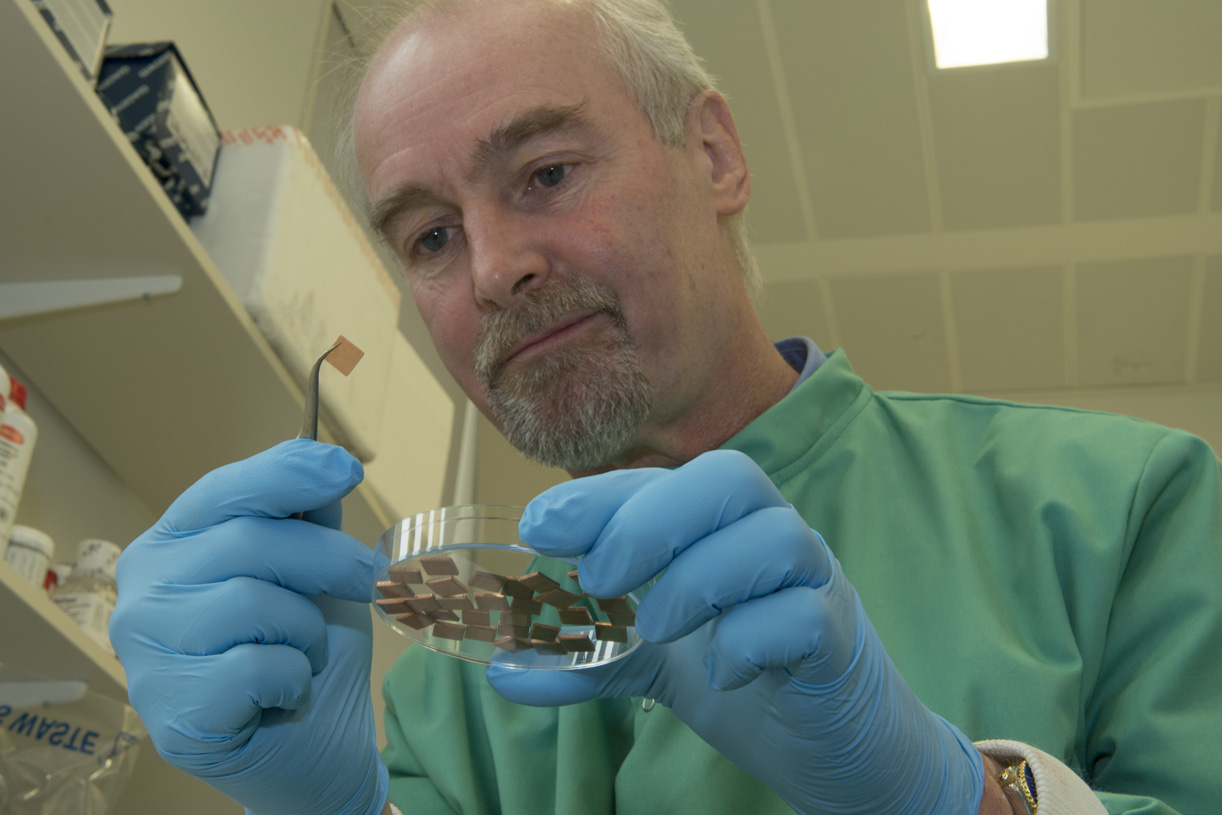Research Shows the impact of Copper on Viruses and Bacteria

In the video below, Professor Bill Keevel, director of environmental health care and microbiologist at the University of South Hampton demonstrates how the MRSA (methicillin-resistant Staphylococcus Aureus) virus which is most resistant to antibiotics, dies within minutes of coming into contact with copper. In this lab test we can clearly see how viruses and bacteria become less resilient towards high quality grade copper and therefore become deprived of their micro-bacterial qualities that causes infection in humans.
In Addition Dr. Edward Bilsky who serves as the current Provost and Chief Academic Officer at Pacific Northwest University of Health Sciences and Dr. Michael D. L. Johnson, Ph in immunobiology at the University of Arizona, college of health sciences have stated unequivocally that copper kills viruses and germs by disrupting the protective layers of the organisms thus interfering with its vital processes. Copper can kill germs in a few ways:
* It’s inos disrupt and damage bacterial cell membranes or “envelopes” and can destroy the DNA or RNA of the microbe
* It generates oxidative stress on bacterial cells and creates hydrogen peroxide that can kill the cell
* It interferes with proteins that operate important functions that keep bacterial cells alive
A new study found that SARS-CoV-2, the virus responsible for the coronavirus pandemic, is no longer infectious on copper within 4 hours, whereas it can survive in the air or on landed surfaces such as plastic and other metals for 72 hours if not longer.
At Creative Oxygen Labs we recognize these results that are in sync with our lab tests and validate the outcome which has allowed us to blend copper nano particles into our liquid formulation that aims to create a more sterile environment free of pathogens.

